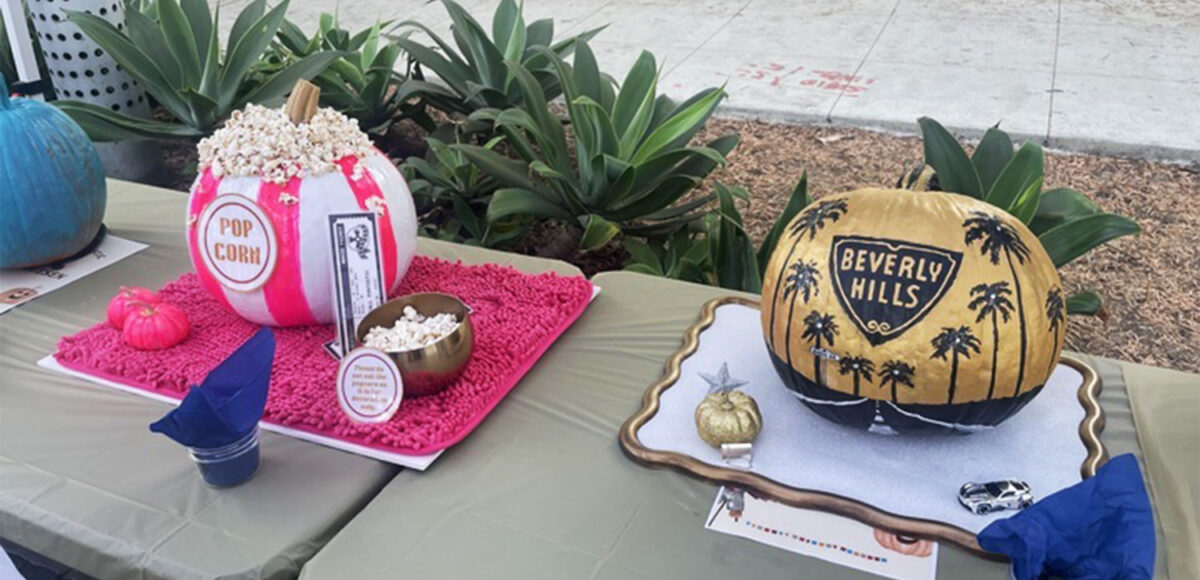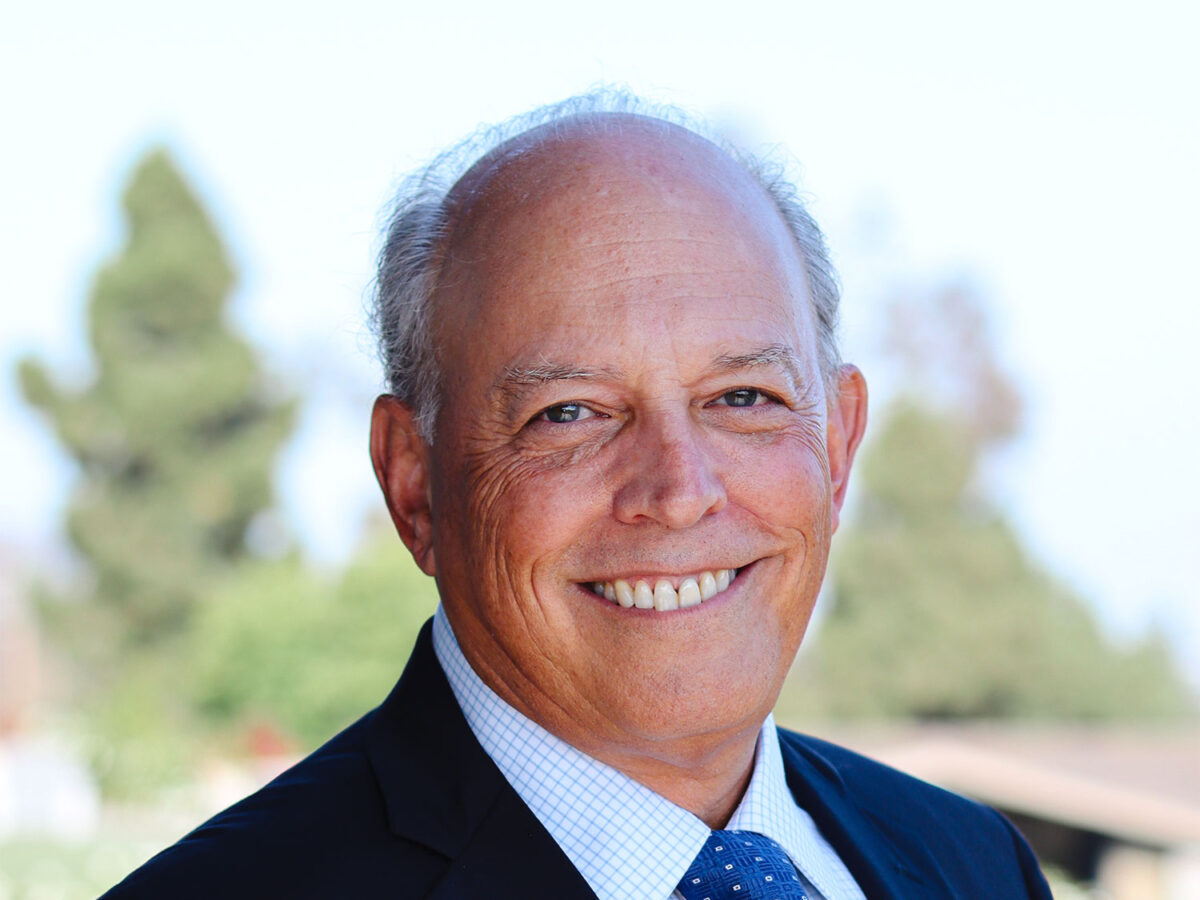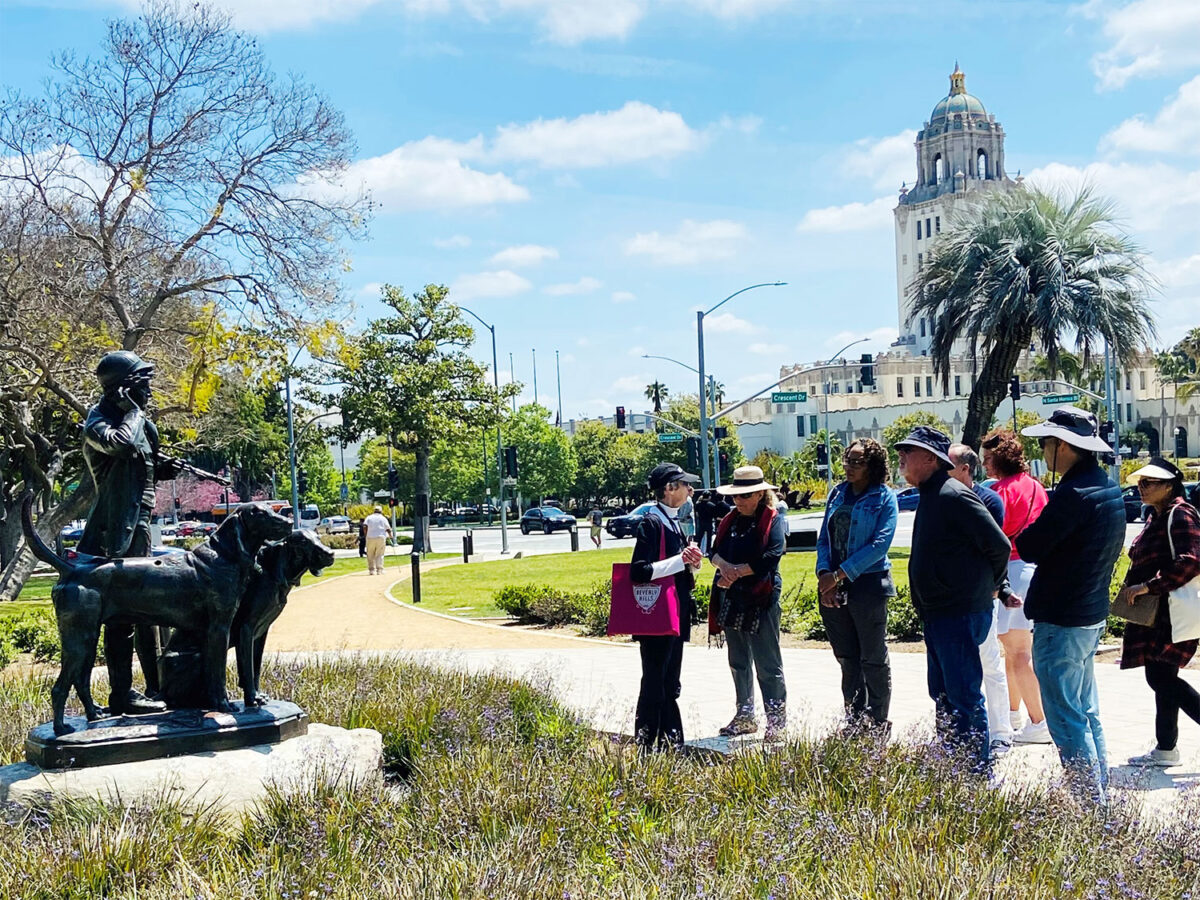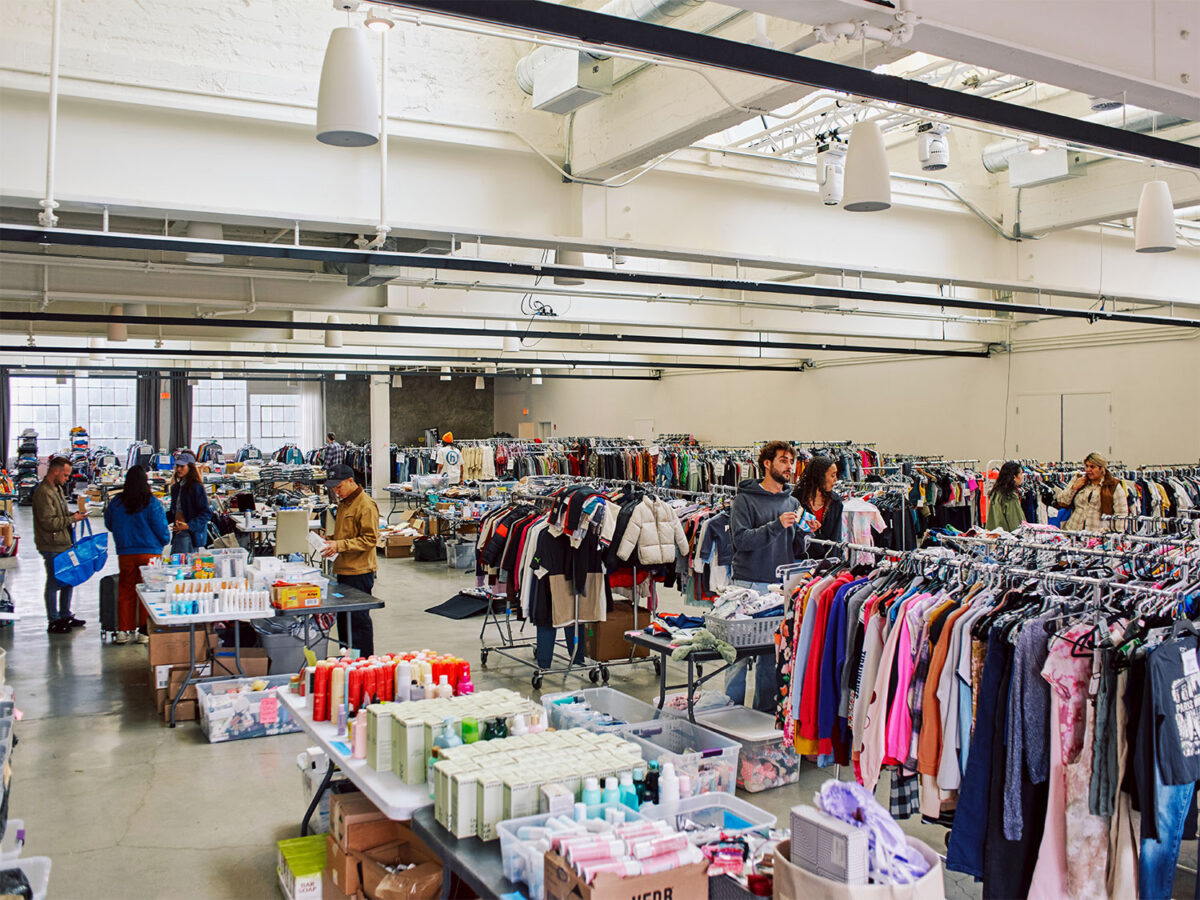On Oct. 27, the “Fall Funtastic Harvest Festival and Day of the Dead Celebration” took place at the Beverly Hills Farmers’ Market. Events included pumpkin carving, face painting and Mexican folkloric dancing. In the morning, there was a Diwali performance by the Leela Dance Collective, followed by a Halloween costume parade and a traditional Mexican folk dance by the Pacifico Dance Company.
Festivities also featured a spooky story time for children, presented by the Beverly Hills Public Library. And Giddy Up Ranch presented its popular petting zoo for children and parents, featuring miniature horses, an alpaca, chickens, and miniature pigs and goats.
In honor of Día de los Muertos, Shanah Youabian offered decorative skull face painting for children and adults. She learned face painting from YouTube tutorials and enjoys how her work allows her to engage with the community—both children and adults. Although Iranian, she appreciates the Mexican traditions of Día de los Muertos. “They want to show that the living and dead are the same. They want to show their love to those who died,” Youabian said.
At an arts and crafts table, children learned to make traditional Mexican art, “papel picado,” using screen printing and stencils. The workshop was led by Self-Help Graphic & Art, a community arts center based in East Los Angeles. “In the Mexican culture, we tend to like using geometric shapes. We also use text, and we mainly use it to represent the Day of the Dead. We use a lot of different colors,” said Yaneli Delgado, a teacher at Self-Help Graphic & Art. “Participants have been using the names of their ancestors to whom they want to dedicate the stencil. Little kids are just using their imagination and creativity. It’s seen a lot in Mexico, and we want to make it open and accessible to everyone,” Delgado remarked.
Delgado went on to explain the communal aspect of Día de los Muertos. “People in Mexico take food, drinks and marigolds. Many people like to remove the petals from marigolds, leading the ancestors to the house or the cemetery. It’s a way to guide them to have a moment with their loved ones,” Delgado explained about the Mexican holiday. “We’ll have different objects that maybe our ancestors used; for example, if they’re a musician, we would place a guitar.”
The Pacifico Dance Company took the stage to perform festive Mexican folklore dances. The dances represented traditions from five Mexican states, ranging from Jalisco’s Mexican hat dance to the polka. “The attire included many different colors representative of nature,” said Cian Murillo, who provided educational commentary about each dance and its cultural significance. Dancers performed a variety of styles and costumes, showcasing the diversity of Mexican folklore dance.
Zarene Nuñez, one of the dancers in the company, explained that she has performed folklore ballet for almost 20 years. Besides entertaining, Nuñez argues that the performance enriches the community. “It gives them great exposure to other cultures and broadens their knowledge of the meaning behind folk dancing. Not only does folk dancing in Mexico have influences from Mexican culture, but it also incorporates influences from cultures around the world. It has Spanish influences throughout, as well as influences from the African diaspora. It’s a melting pot of culture,” Nuñez said.
In addition to the cultural festivities, another highlight of the day was the second annual pumpkin carving contest. Evan Doyle, the Farmers’ Market supervisor, announced the winners, who were selected by community vote, with adult and youth categories. The winners received market dollars to be spent at the Farmers’ Market. The first-place pumpkin carving award went to Grace Palmer, who created a pumpkin resembling a pufferfish. “After work for the past five days, I’ve been gluing candy corn on the pumpkin,” Palmer said about her artistic process. “I’ve been carving pumpkins with my dad ever since I was a little kid, so when I saw that they were having a contest, I figured I might as well enter.”







